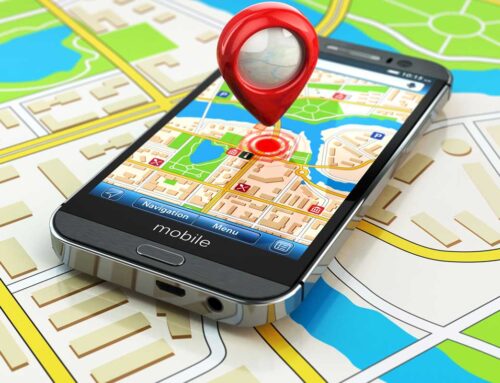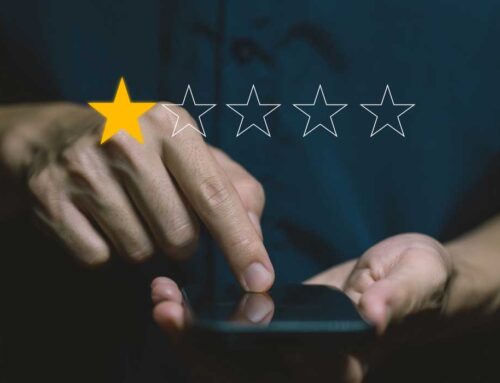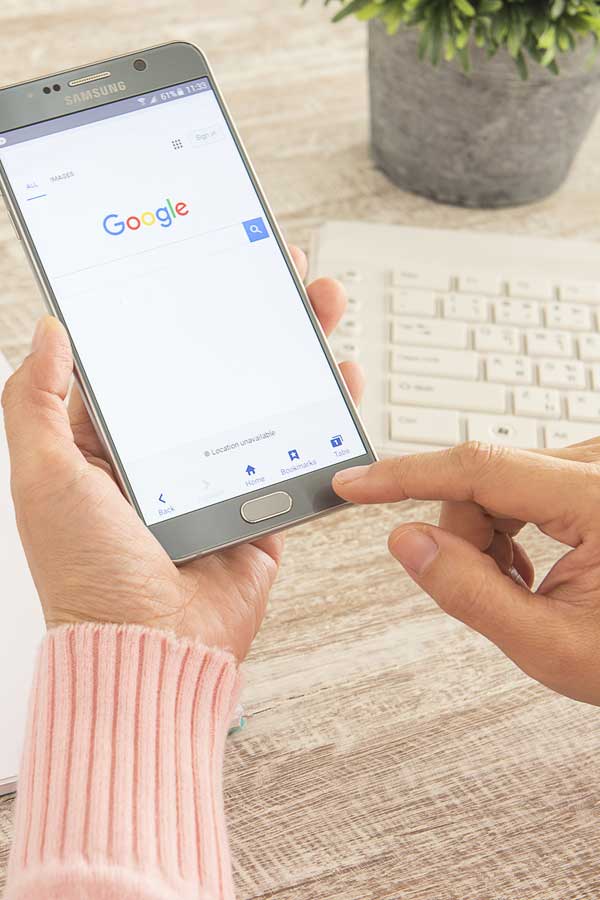You’ve likely spent a lot of time, money, and thought on creating and designing your website. And you should, because in many cases, your website is going to be the first place a user sees you. And if that’s the case, you’re gonna want to make sure potential customers are seeing you at your very best.
Wondering how to make sure that happens? Having impactful, informative, and valuable webpages is a big part of achieving this goal. Your webpages should be considered a vital marketing tool that leads to visitors and sales.
Today we’re going to tell you about the 7 most important pages to have on your website in order to ensure your brand is represented correctly and provide the information your visitors desire.
1. Your Homepage
Okay, this is the page that tells the world who you are, so make it count. Because the search engines may pull up inside pages rather than your homepage depending on the user’s query, it isn’t necessarily always the first page your user will see on your website, but you can bet that if they like your inside page, they’ll head to your homepage to learn more about your brand.
On your homepage, you’ll want to expose a clearly defined tone and voice, your brand identity, your products, your services- all the goods. You have less than 10 seconds to entice your visitor to stay with you, so use them wisely.
You’ll do this through:
- Creating excellent and engaging copy detailing why they should work with you
- Being visually agreeable and relevant to your brand (for example, if your company works with babies, don’t use flashy, dark imagery, it doesn’t fit well with the subject)
- Making your copy easily and quickly readable (using numbers, headers, bullet points, etc.)
- Having a brief description of what you do or offer (link to other compelling pages on your website for easy access to more in-depth descriptions of each service or product you offer)
- Providing a summary of what can be found throughout your website
Your homepage-goal is to prove to your visitors that they’re exactly where they need to be.
2. Your About Us Page
This, in our opinion, is the most fun page to create because no matter your industry, you can give it a lot of personality. This page should tell the user who you are, who your team is, how and where your business started, and what your business’s goals are.
It’s on the About Us page that you can be a bit more personal while also being sure to delineate why users should buy from you and not your competition. Tell them what makes you stand out, what makes you special and unique.
Be entertaining when you tell your story, and always add pictures of you, your team, your dog, your office, or whatever it is you want your users to see. Let them see it.
Feel free to add a video, too. It can be of you thanking people for visiting or providing the history of your company and where you want it to go in the future. It can be interviews with team members about why they love working with you. It can be of your 10-year-old daughter giving a list of reasons to work with you.
Make this page fun (if appropriate), and let your users see who is behind the business.
3. Your Products and/or Services Page(s)
Just like the names suggest, this page will tell your visitors what exactly you have to offer them by way of products and/or services. Best case scenario, this page shows everything you offer with a minimal description of each.
Feel free to use both copy and images here if that will serve your customer better.
You should also create a single, specific webpage dedicated to each thing you provide your buyers. These pages will be much more detailed. The copy you create on these pages should be product and/or service-specific.
Be as descriptive as you need to be. Your visitor is there to find out what precisely you do and provide, so tell them. That said, don’t keyword stuff or make the pages difficult to read (remember readability from above).
4. Your Blog Page
Okay, y’all, if you’re not blogging, you really should be. This provides an excellent service to your users. It gives them a place to interact with you. It allows them to understand your tone and voice.
It offers education, insights, tips, entertainment… The list goes on and on.
Your blog and turn a looker into a buyer. It gives an opportunity for connection on every level. We’ll take that all day long.
Depending on your brand and your products and/or services, you can provide loads of quality content on your blog page. It can be relevant news stories, lists of rules for the best ______, recipes, book suggestions… Again, the list goes on and on
The point is your blog doesn’t have to be all about your business. The page can be a resource for your audience on all things relevant to your brand.
Also, search engines love a good blog.
5. Your Contact Page
Even if you have a contact form on every page, create a page dedicated to your contact information. If you have a brick and mortar, provide a map for easy directions.
You should also provide:
- All contacts’ specific email address (ie marketing director, brand ambassador, SEO expert, sales department, customer service, etc.)
- All phone numbers (include both local and toll-free numbers)
- All physical addresses
- All website details
- A simple contact form that your user will trust (don’t force a phone number)
- All social media links
You also want to be sure your user knows that you won’t be selling their contact information to anyone. It’s all about trust. So, earn it.
6. Your Privacy Policy Page
This should be a simple page telling your visitors how your website uses the customer data it pulls in. You must have this page if you gather user data. We hear you: boring.
If you don’t know what to do here, just Google “privacy policy template” and let Google do the work for you.
7. Your Terms Page
Another not-so-fun page, but in some cases necessary. This will be a ton of legal jargon that hardly anyone will ever read, but it covers you and your buyers by detailing the rules of using your website, so you may want to add it in there.
Your terms and conditions will benefit you or your user if a court needs to determine whether someone is at-fault for a given event and it will also protect your content.
Looking for an easy way to add one to your website? Google “terms and conditions template”.
Once you’ve conquered the pages above, consider adding an FAQ page.
Bonus Page: Your FAQ Page
This is a brilliant page that users absolutely love. It has all of your customer’s most frequently asked questions in one place. This saves both customer and company a lot of time.
This page can also serve to tell the buyer a bit more about you or your business. For instance, if you want them to know you have an A+ with BBB, pose the question, then answer it and always provide links to support your answers when necessary. Perhaps your business costs less or more than your competition, here is a great place to say why that is.
Like with the About Us page, on the FAQ page you can be less formal with the way you write. Your copy should sound like you’re actually answering the question over the phone. People relate much better to a more conversational experience.
Be organized on the page. If you have different categories of FAQs, split them up into sections. For example FAQs for your services, FAQs for your products, FAQs about your industry, etc.
And, don’t forget to update this page as needed! You can easily get some user feedback and create a connection by offering a space for users to write in their questions too. This created a dialogue and a good user experience.
Your Website Awaits
There you have it. The must-have webpages for your successful website. We know it’s a lot, especially when you initially start the process. We recommend taking it one page at a time.
If you need help with some website advice, our office is always available to you. Schedule a website review!




![How to Write a Professional Chiropractic Bio [Template Included]](https://propelyourcompany.com/wp-content/uploads/write-a-bio-500x383.jpg)

